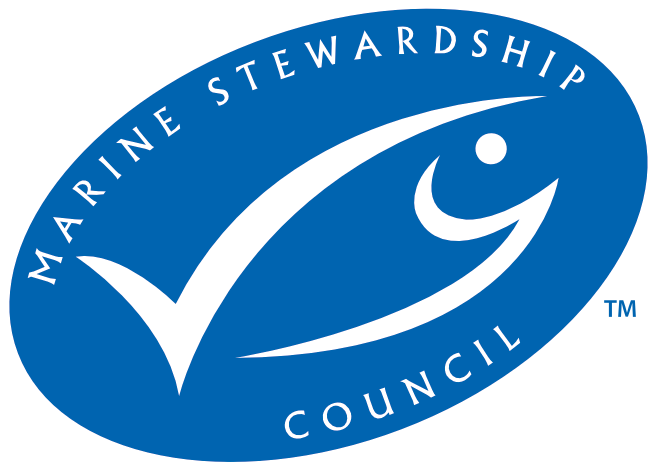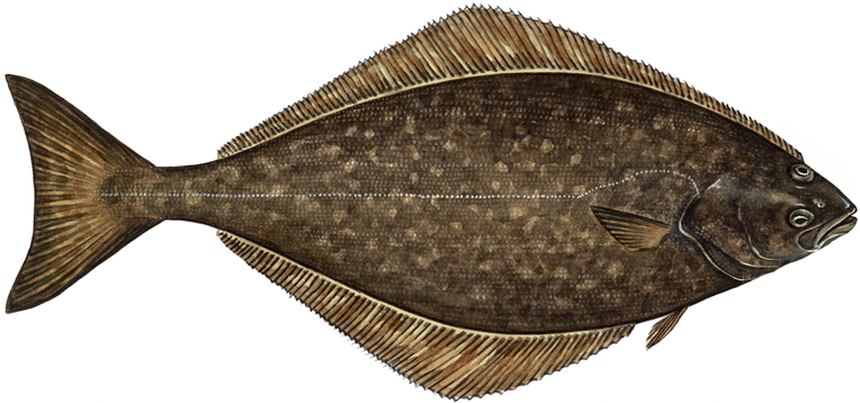
- Certifier :
- MRAG Americas, Inc.
- Certified status :
- Certified
- Certified since :
- 30 Sep 2009
- Certificate expires :
- 22 Aug 2029
Overview
Fisheries are composed of one or more parts, each of which is entitled to receive an MSC certificate. These parts or “units” are defined by their target stock(s), fishing gear type(s) and if relevant vessel type(s), and the fishing fleets or groups of vessels.
When the term “Unit of Certification” is used for fishing units that are in assessment, it refers to the “Unit of Assessment” or “Unit of potential certification”. Expand a status below to view the parts that form this fishery. To check the detailed scope, download the latest certificate or open the Assessments page to get the latest report. Find out more by visiting our page on Fisheries
Catch by Species
| Species | Reported Catch Year | Metric Tonnes |
|---|---|---|
| Pacific Halibut (Hippoglossus stenolepis) | 2025 | 849.1 |
| Sablefish (Anoplopoma fimbria) | 2025 | 83.5 |
Information is provided by an independent Conformity Assessment Body as live weight (the weight of species at the time of catch, before processing) and where a fishing season covers multiple years, the end year is given as the reported catch year. Additional information is available in the latest report, see the assessments page.
Eligibility, client groups and vessel lists
A fishery may choose to define the members of the fishery certificate. These members can be vessels or other client group members (e.g. companies that own vessels and/or companies that are named as eligible to handle certified product covered within the fishery certificate scope). Please refer to the fishery certificate statement on additional product specific eligibility criteria (e.g. product eligibility limitations, eligibility date, exclusive points of landing and the point where Chain of Custody certificate is required). Please consult the fishery Public Certification Report for product eligibility rationale.
| Documents | Published on | Files |
|---|---|---|
| List of client group members | 13 Sep 2023 | 1 files |
About this Fishery
Pacific halibut (Hippoglossus stenolepis) © Scandinavian Fishing Year Book
Pacific halibut is a large flatfish which inhabits the continental shelf of the United States and Canada, ranging from California to the Bering Sea, and extending into Russia and Japan.
Halibut can grow to be more than 200kg, is firm textured and has relatively few bones, making it a popular food fish. They are occasionally eaten by marine mammals but are rarely prey for other fish.
Pacific halibut stocks have been increasing in recent years, and are expected to continue to do so at current harvest rates. Halibut are known to live to 50 years or more, although the average age taken in the fishery is around 10-13 years.
Up to 435 Canadian vessels, ranging from around 10m to 25m, are licensed to fish commercially for Pacific halibut. They fish using longlines, which cause minimal damage to seabed habitats. Halibut are large fish, so using relatively large hooks reduces unwanted capture of smaller fish.
The halibut fishery is part of an integrated groundfish management programme, which manages more than 50 species holistically to reduce bycatch and discards. Independent video monitoring and dockside validation ensures fishers are accountable for everything they catch, both target and non-target species.
Meet the Fishers: British Columbia (BC) Canada Pacific halibut from Marine Stewardship Council on Vimeo.
Market Information
Most Pacific halibut are sold on the North American market, though some is exported to the UK and Europe.
